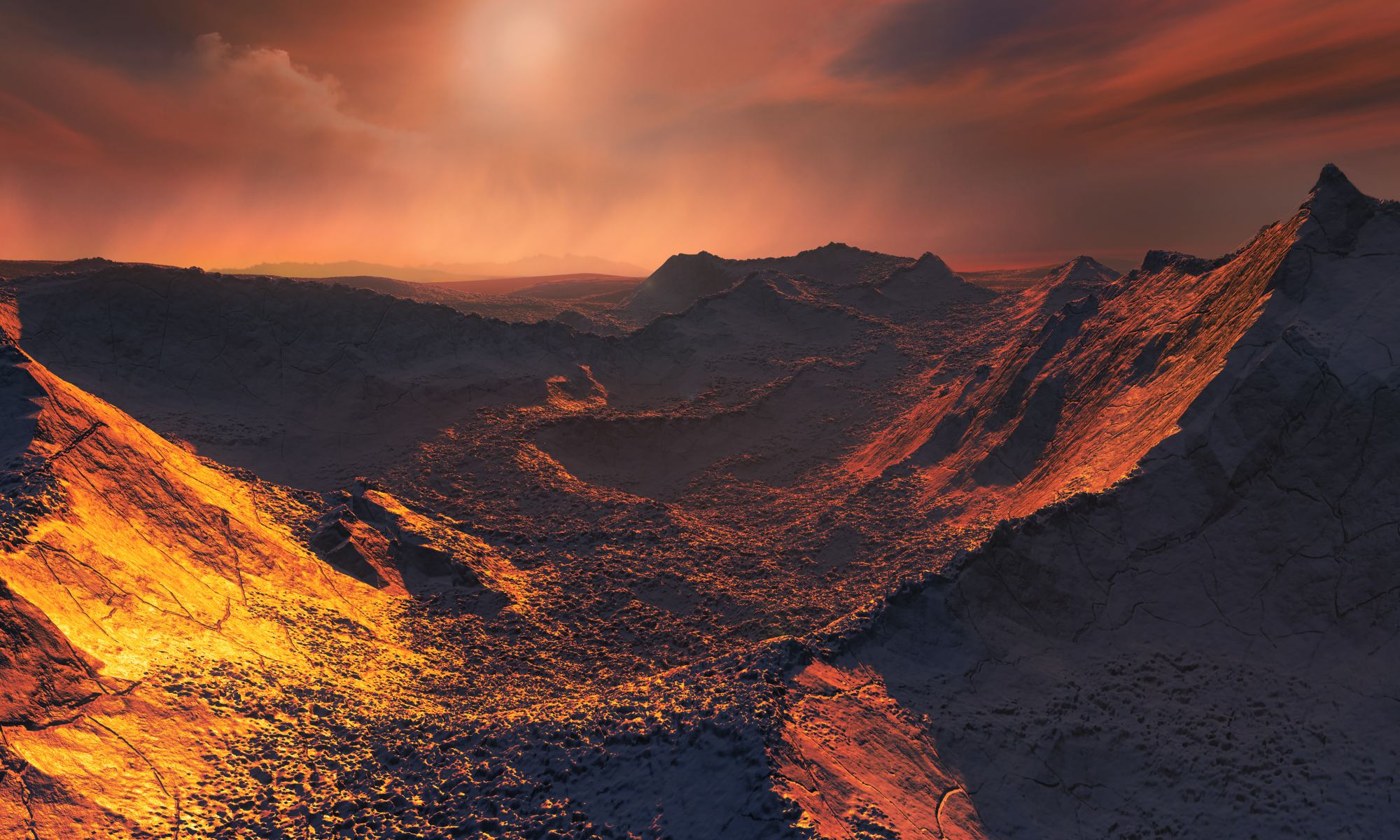Astronomers have found a new Super-Earth orbiting an M-dwarf (red dwarf) star about 137 light-years away. The planet is named TOI-715b, and it’s about 1.55 Earth’s radius and is inside the star’s habitable zone. There’s also another planetary candidate in the system. It’s Earth-sized, and if it’s confirmed, it will be the smallest habitable zone planet TESS has discovered so far.
Continue reading “A Super-Earth (and Possible Earth-Sized) Exoplanet Found in the Habitable Zone”Webb Directly Images Two Planets Orbiting White Dwarfs

In several billion years, our Sun will become a white dwarf. What will happen to Jupiter and Saturn when the Sun transitions to become a stellar remnant? Life could go on, though the giant planets will likely drift further away from the Sun.
Continue reading “Webb Directly Images Two Planets Orbiting White Dwarfs”Feast Your Eyes on 19 Face-On Spiral Galaxies Seen by Webb
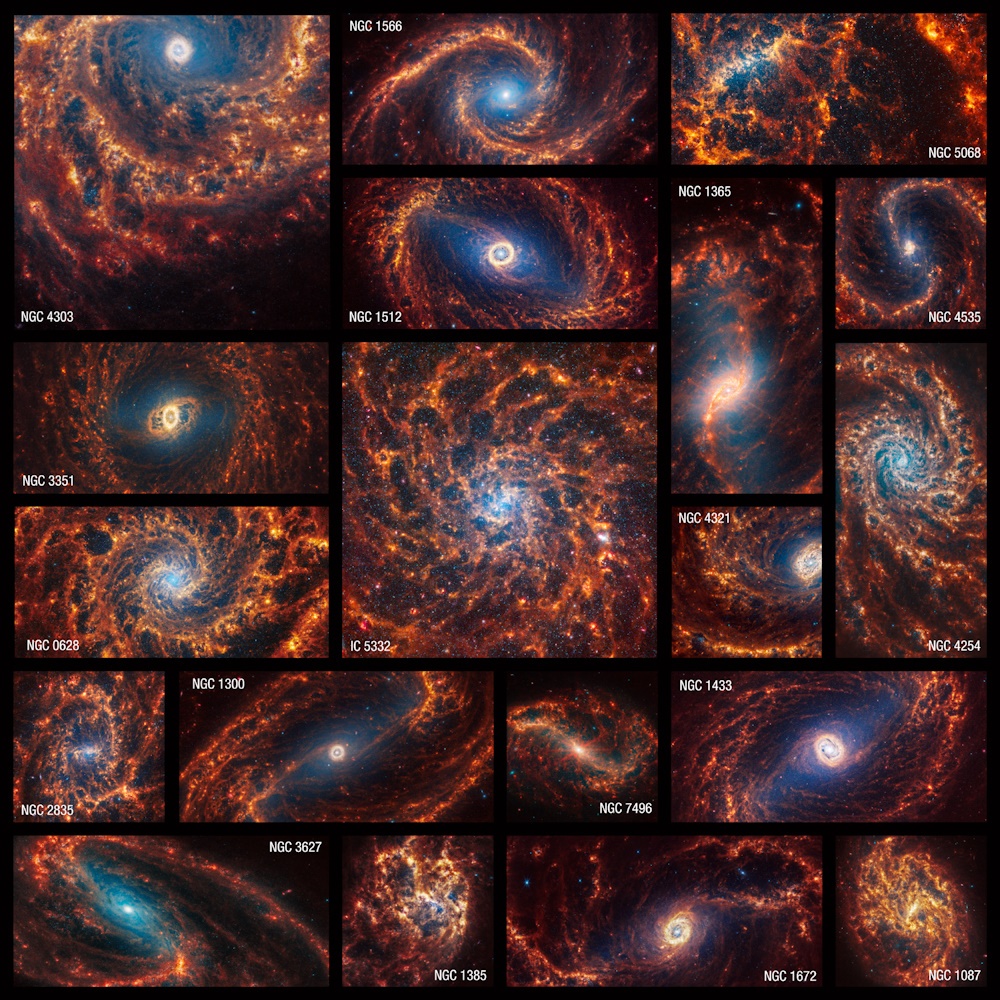
If you’re fascinated by Nature, these images of spiral galaxies won’t help you escape your fascination.
These images show incredible detail in 19 spirals, imaged face-on by the JWST. The galactic arms with their multitudes of stars are lit up in infrared light, as are the dense galactic cores, where supermassive black holes reside.
Continue reading “Feast Your Eyes on 19 Face-On Spiral Galaxies Seen by Webb”Another Explanation for K2-18b? A Gas-Rich Mini-Neptune with No Habitable Surface
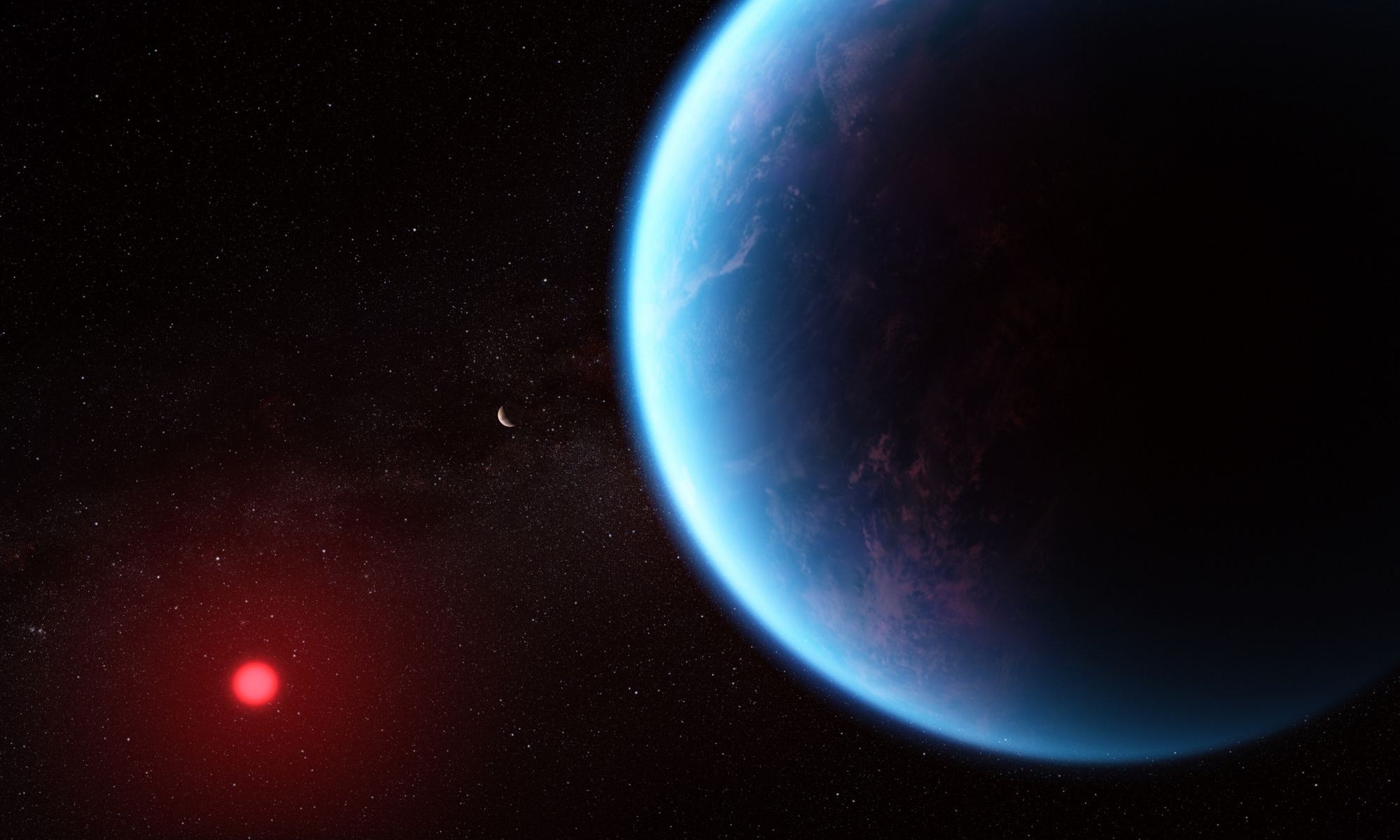
Exoplanet K2-18b is garnering a lot of attention. James Webb Space Telescope spectroscopy shows it has carbon and methane in its atmosphere. Those results, along with other observations, suggest the planet could be a long-hypothesized ‘Hycean World.’ But new research counters that.
Instead, the planet could be a gaseous mini-Neptune.
Continue reading “Another Explanation for K2-18b? A Gas-Rich Mini-Neptune with No Habitable Surface”New Webb Image of a Massive Star Forming Complex
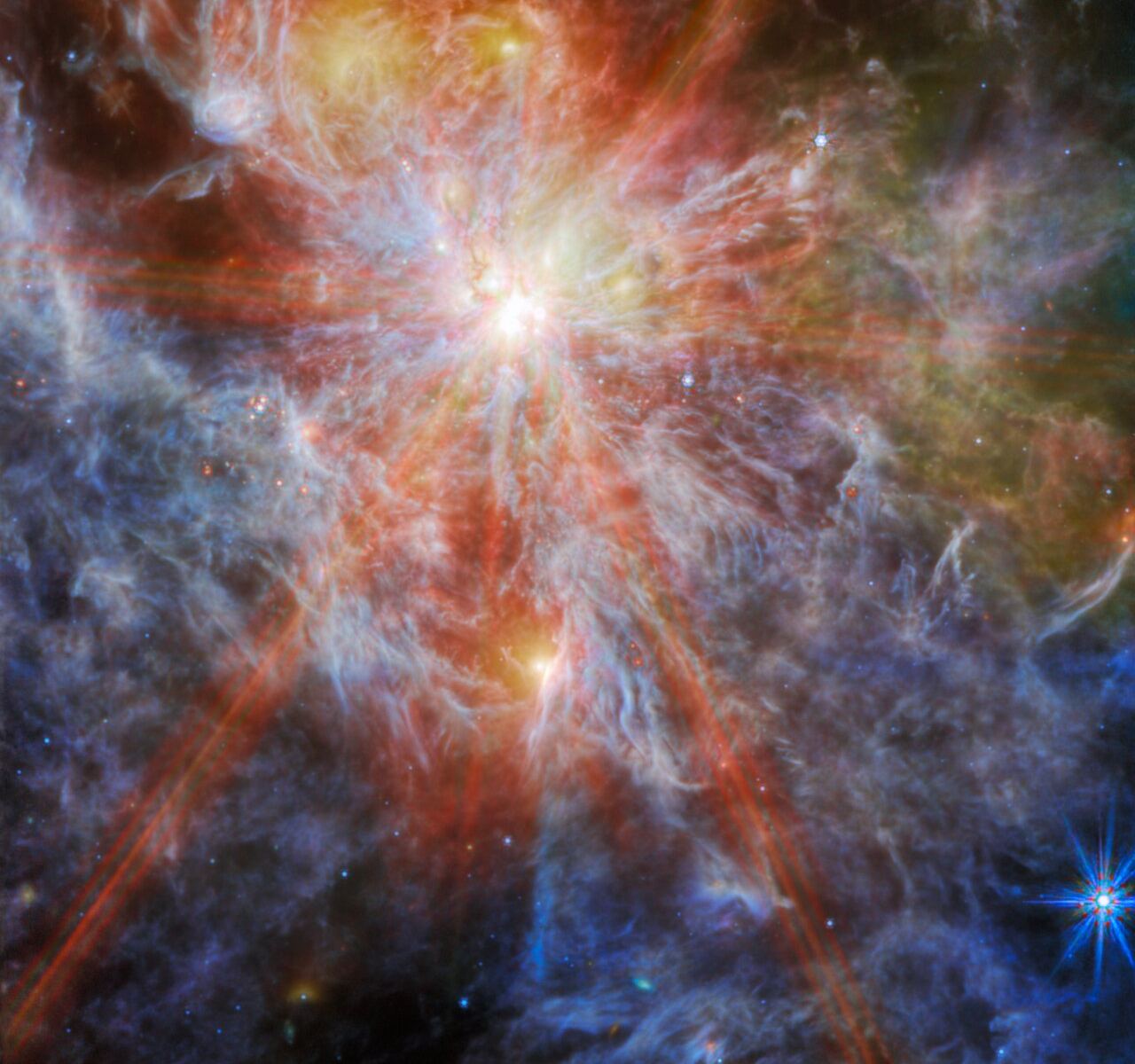
The James Webb Space Telescope, a collaborative effort between NASA, the ESA, and the Canadian Space Agency (CSA), has revealed some stunning new images of the Universe. These images have not only been the clearest and most details views of the cosmos; they’ve also led to new insight into cosmological phenomena. The latest image, acquired by Webb‘s Mid-InfraRed Instrument (MIRI), is of the star-forming nebula N79, located about 160,000 light-years away in the Large Magellanic Cloud (LMC). The image features a bright young star and the nebula’s glowing clouds of dust and gas from which new stars form.
Continue reading “New Webb Image of a Massive Star Forming Complex”Early Galaxies Looked Nothing Like What We See Today
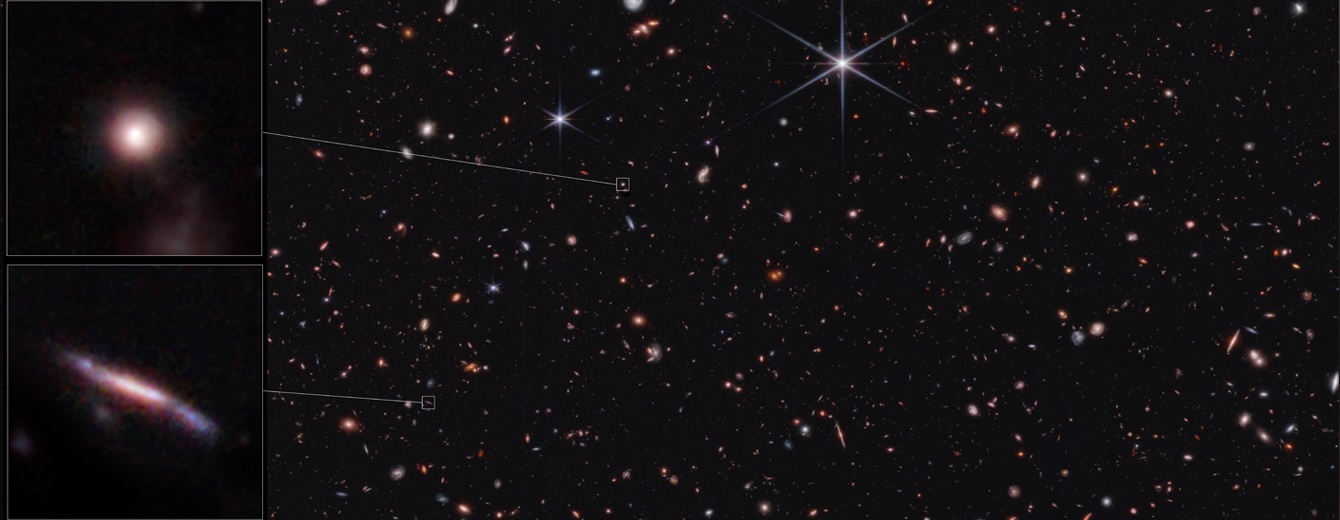
Talk to anyone about galaxies and it often conjurs up images of spiral or elliptical galaxie. Thanks to a survey by the James Webb Space Telescope it seems the early Universe was full of galaxies of different shapes. In the first 6 billion years up to 80% of the galaxies were flat, surfboard like. But that’s not it, there were others like pool noodles too, yet why they looked so different back then is a mystery.
Continue reading “Early Galaxies Looked Nothing Like What We See Today”The JWST Solves the Mystery of Ancient Light
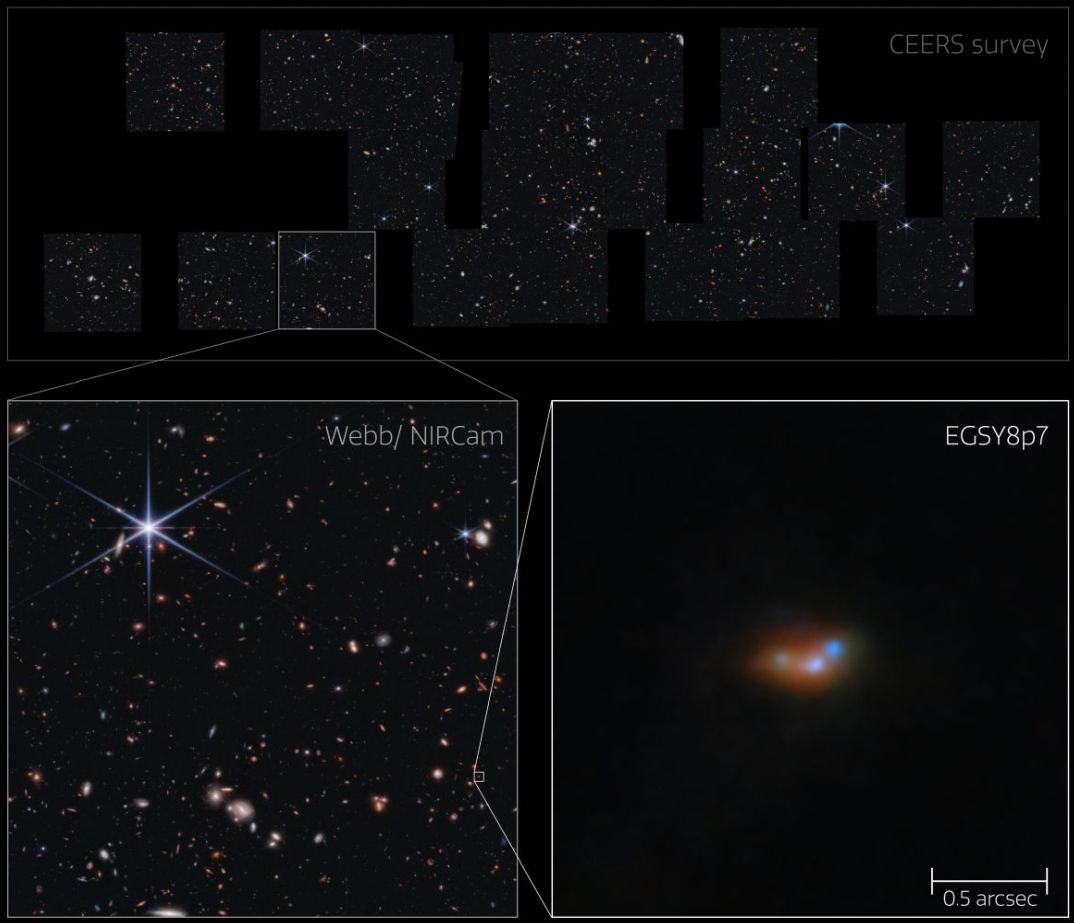
The very early Universe was a dark place. It was packed with light-blocking hydrogen and not much else. Only when the first stars switched on and began illuminating their surroundings with UV radiation did light begin its reign. That occurred during the Epoch of Reionization.
But before the Universe became well-lit, a specific and mysterious type of light pierced the darkness: Lyman-alpha emissions.
Continue reading “The JWST Solves the Mystery of Ancient Light”Is K2-18b Covered in Oceans of Water or Oceans of Lava?
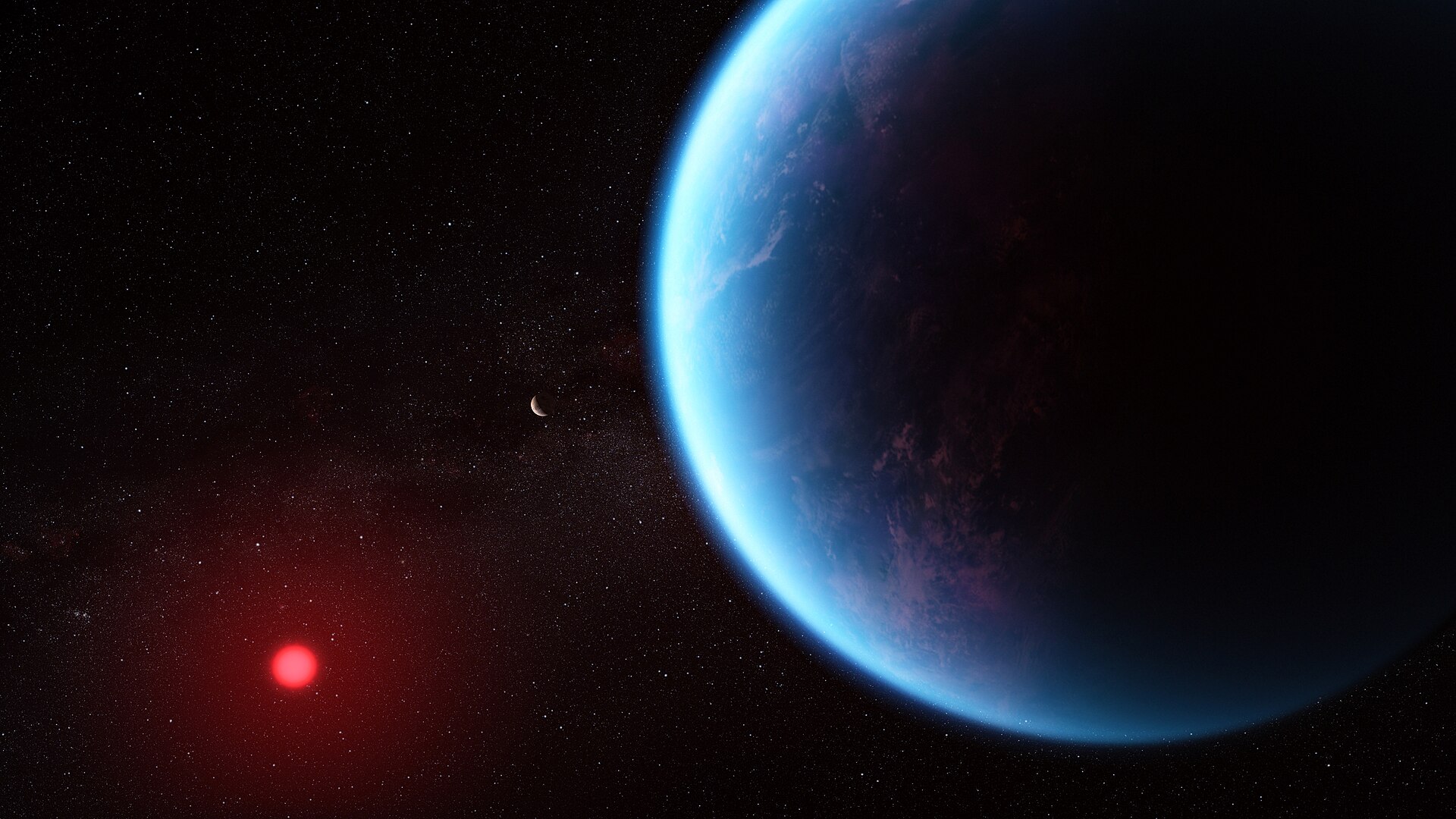
In the search for potentially life-supporting exoplanets, liquid water is the key indicator. Life on Earth requires liquid water, and scientists strongly believe the same is true elsewhere. But from a great distance, it’s difficult to tell what worlds have oceans of water. Some of them can have lava oceans instead, and getting the two confused is a barrier to understanding exoplanets, water, and habitability more clearly.
Continue reading “Is K2-18b Covered in Oceans of Water or Oceans of Lava?”Astronomers Rule Out One Explanation for the Hubble Tension
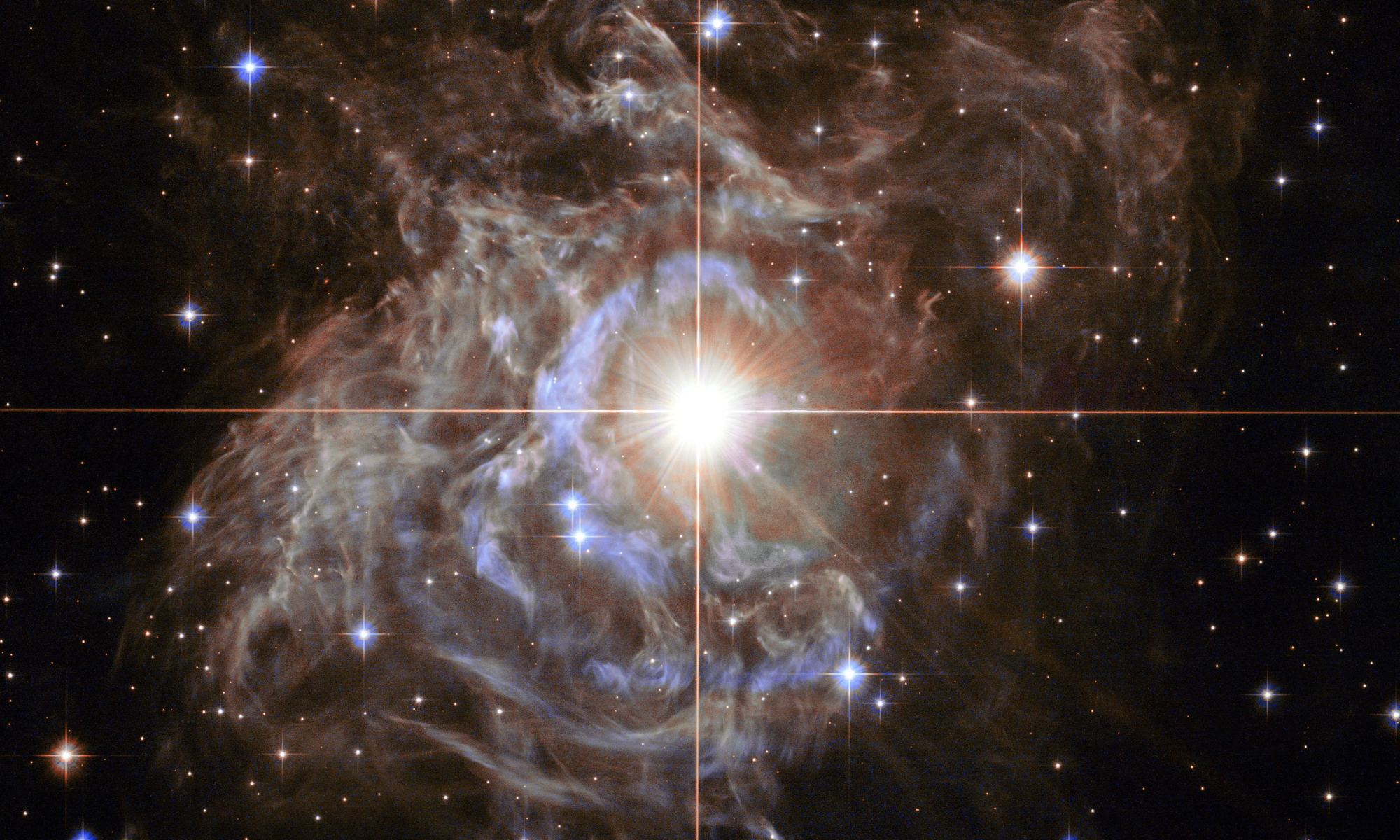
Perhaps the greatest and most frustrating mystery in cosmology is the Hubble tension problem. Put simply, all the observational evidence we have points to a Universe that began in a hot, dense state, and then expanded at an ever-increasing rate to become the Universe we see today. Every measurement of that expansion agrees with this, but where they don’t agree is on what that rate exactly is. We can measure expansion in lots of different ways, and while they are in the same general ballpark, their uncertainties are so small now that they don’t overlap. There is no value for the Hubble parameter that falls within the uncertainty of all measurements, hence the problem.
Continue reading “Astronomers Rule Out One Explanation for the Hubble Tension”Webb Blocks the Star to See a Debris Disk Around Beta Pictoris
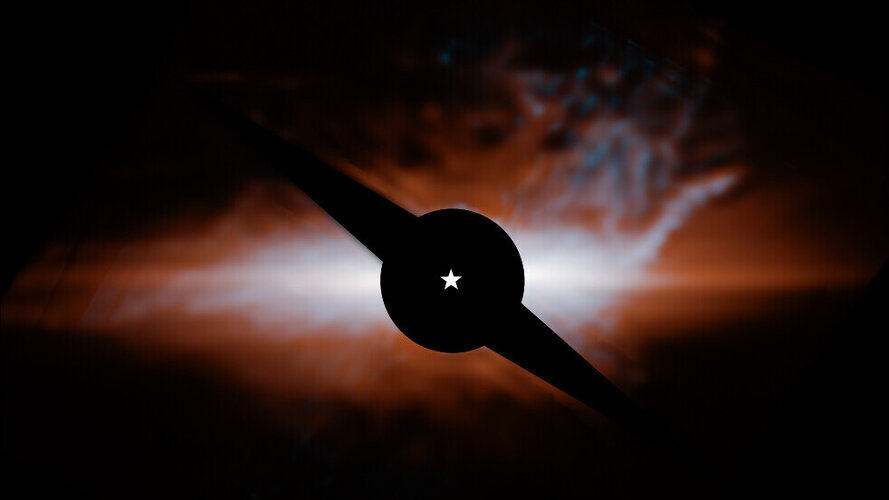
You think you know someone, then you see them in a slightly different way and BAM, they surprise you. I’m not talking about other people of course, I’m talking about a fabulous star that has been studied and imaged a gazillion times. Beta Pictoris has been revealed by many telescopes, even Hubble to be home to the most amazing disk. Enter James Webb Space Telescopd and WALLOP, with its increased sensitivty and instrumentation a new, exciting feature emerges.
Continue reading “Webb Blocks the Star to See a Debris Disk Around Beta Pictoris”
